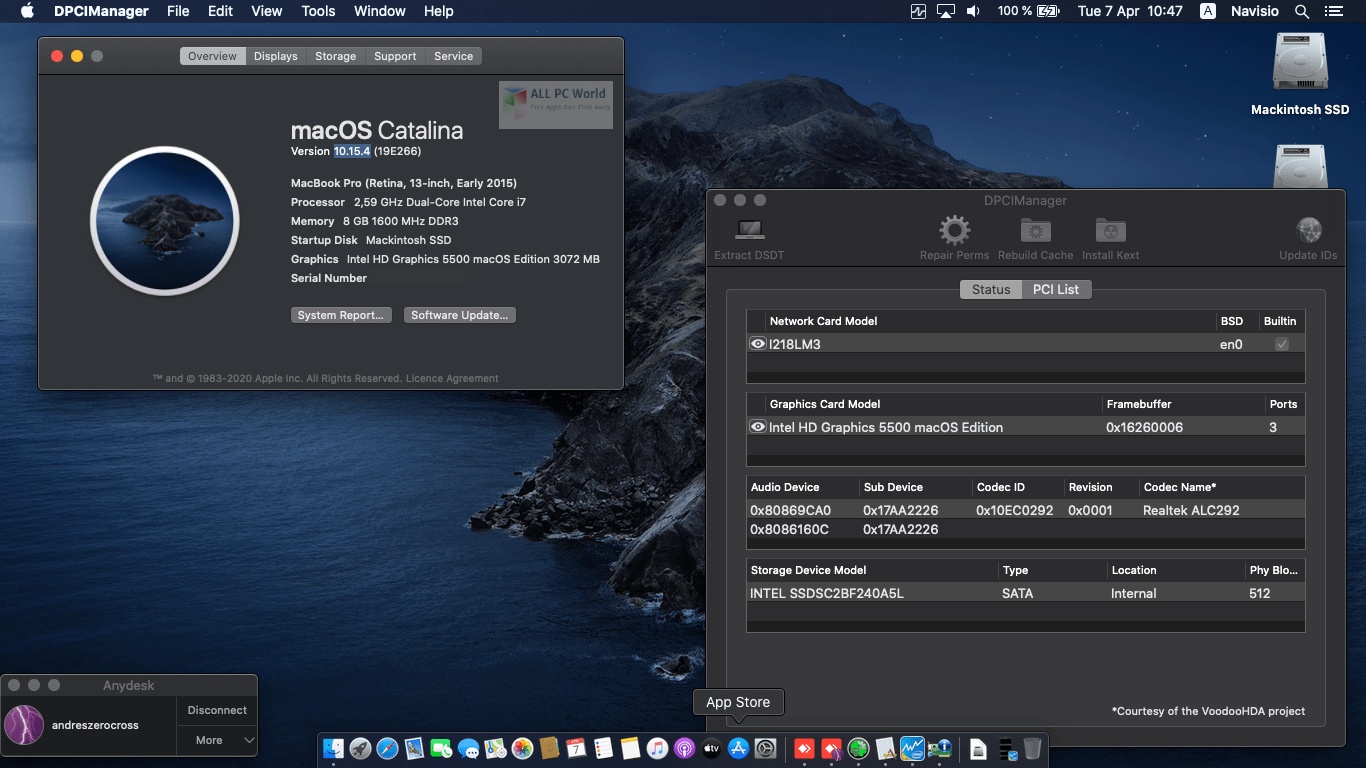
- MACOS CATALINA NAMES MAC OS X
- MACOS CATALINA NAMES DRIVERS
- MACOS CATALINA NAMES PRO
- MACOS CATALINA NAMES SIMULATOR
MACOS CATALINA NAMES MAC OS X
The desktop version aimed at regular users- Mac OS X 10.0-shipped in March 2001. It was built using the technologies Apple acquired from NeXT, but didn’t include the signature Aqua user interface. MacOS was first released in 1999 as Mac OS X Server 1.0. To ease the transition for users and developers, versions through 10.4 were able to run Mac OS 9 and its applications in a compatibility layer. The transition was a technologically and strategically significant one. However, the current macOS is a Unix operating system built on technology that had been developed at NeXT from the 1980s until Apple purchased the company in early 1997.Īlthough it was originally marketed as simply "version 10" of the Mac OS (indicated by the Roman numeral "X"), it has a completely different codebase from Mac OS 9, as well as substantial changes to its user interface. That system, up to and including its final release Mac OS 9, was a direct descendant of the operating system Apple had used in its Macintosh computers since their introduction in 1984.
MACOS CATALINA NAMES PRO
Metal Peer Groups make it straightforward to share data between multiple GPUs in Mac Pro without transferring into the main memory.The history of macOS, Apple's current Mac operating system formerly named Mac OS X until 2012 and then OS X until 2016, began with the company's project to replace its "classic" Mac OS. Now complete scenes using advanced culling and tessellation techniques can be developed and programmed with little or no CPU interaction. Metal in iOS 13 and tvOS 13 allows the GPU to create its commands with Indirect Compute Encoding. This allows transitioning from OpenGL ES to Metal.
MACOS CATALINA NAMES SIMULATOR
The Simulator now uses Metal to speed up the development of iOS apps that either use Metal or on Metal-based system frameworks.

Brings in support Touch Bar display for non-Touch Bar Macs. Sidecar is rumored to only support above 2016 Mac models and late 2015 27″ iMac.

Annotating screenshots or PDFs with the Pencil is also possible.

Sidecar will support the Apple Pencil, and support in the Mac versions of apps like Photoshop while using the Pencil. New macOS Catalina Features SidecarĬatalina introduces a new Sidecar feature, which enables iPads to function as secondary displays for your Mac - both wireless and when plugged in. Now developers can build more flexible and dynamic user interfaces with SwiftUI, and create a Mac version of your iPad app using UIKit.
MACOS CATALINA NAMES DRIVERS
Building device drivers with DriverKit that run in the user space, and write modern event processing code with Combine. Now with the macOS 10.15 SDK, apps can take advantage of Sign in with Apple, Core Data syncing with CloudKit, Apple CryptoKit, and more. Apple claims, macOS Catalina brings a whole new set of fantastic features for app developers. MacOS Catalina’s name is inspired by Santa Catalina Island, popularly known as Catalina a small channel Island off the coast of Southern California. Catalina is Apple’s latest operating system for the mac line of products. Apple announced their successor to macOS Mojave called Catalina.


 0 kommentar(er)
0 kommentar(er)
